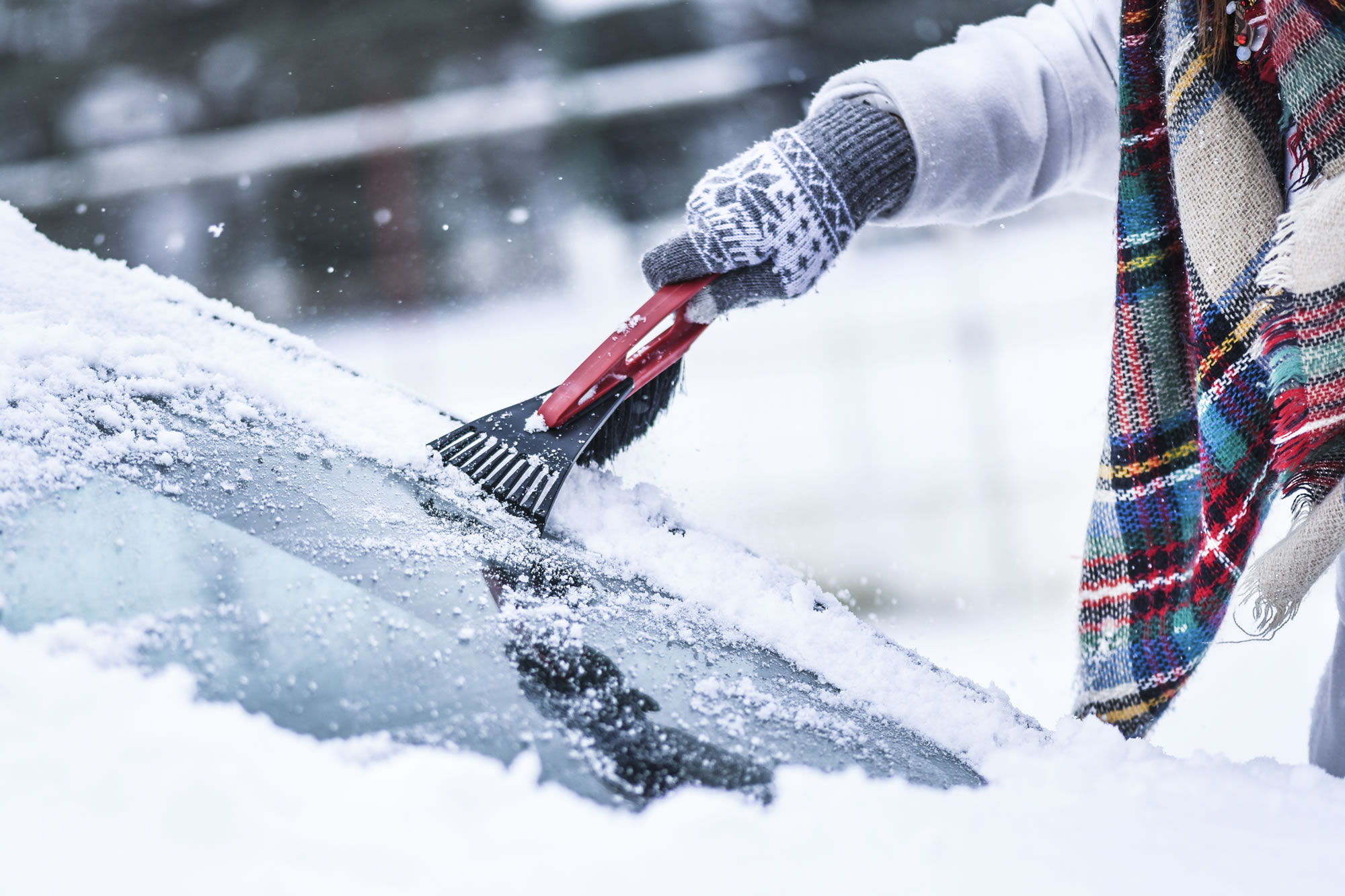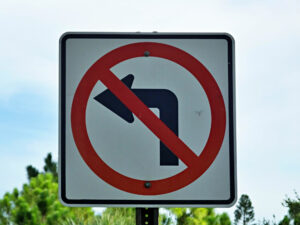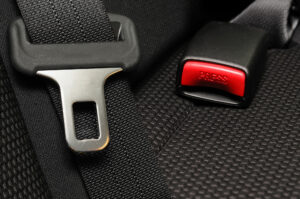Having grown up in Saskatchewan, I can say that snow tires, block heaters, and antifreeze are common household items for motorists across the province.
Now in Vancouver, I’m fortunate to escape the harsh winters that afflict much of the country. But when the cold snaps do hit, it seems West Coasters are often ill-prepared for the road. Without preparing our cars for winter, it can be stressful, expensive, and dangerous to drive in ice and snow.
Below are some car care suggestions to prepare for colder weather:
Tires
- Ensure tires are well-treaded and at the right air pressure. It’s been reported that almost half of vehicles on the road have at least one under or over-inflated tire. Under-inflation is not only hazardous but also contributes to excess fuel consumption. Over-inflated tires can be damaged more easily when running over potholes or road debris.
- Consider winter tires instead of your usual all-season set. Research suggests that a proper winter tire can improve braking by up to 25%. Just remember that winter tires must be placed on all four wheels – not just the back – to avoid skidding.
Fluids
- Ensure your anti-freeze will survive frozen temperatures. A 50/50 mix of anti-freeze and water is more than enough to get you through a Lower Mainland winter.
- In ice and snow, it’s a good idea to keep your gas tank at least half full at all times. The extra weight in your vehicle will help with the slippery roads, and it lessens the chance of fuel-line freezing.
- Use at least 5W-20 or 5W-30 oil. It will improve cold-weather starting and fuel economy.
General Maintenance
- Ensure all lights are working, inside and out.
- Change the wiper blades if they are streaking, and purchase winter blades if you need a new set. Also, use a washer fluid that will survive frozen temperatures.
- Check the battery and charging system so you don’t get caught in the cold without power.







